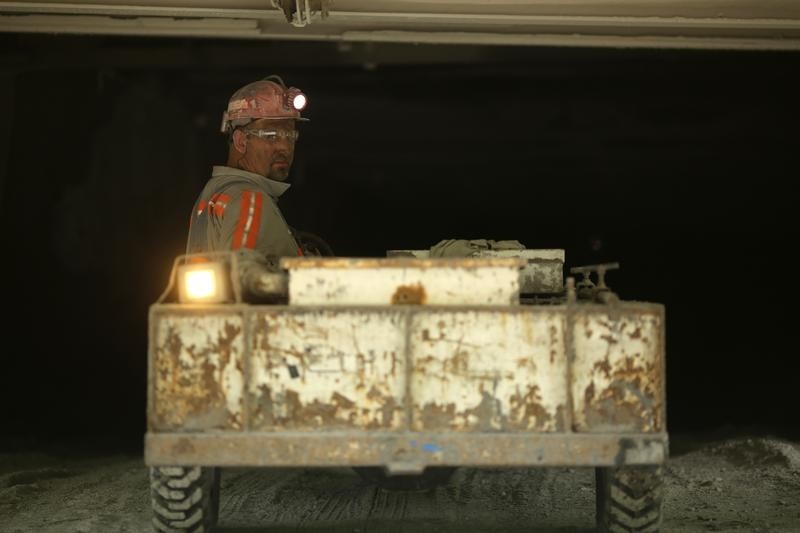Airborne geological surveys represent a quantum leap in mining exploration, providing a bird’s eye view of mineral potential that traditional ground-based surveys could never achieve. As the quest for valuable ore deposits becomes increasingly challenging, mining companies are turning skyward, deploying aircraft bristling with sophisticated sensing equipment to unlock the earth's secrets.
The principle behind airborne surveys is elegantly simple yet technologically advanced. Aircraft, typically fixed-wing planes or helicopters, are equipped with an array of geophysical instruments that measure variations in the Earth’s magnetic, electromagnetic, and gravitational fields, as well as radiometric emissions. These variations can indicate the presence of different rock types and, crucially, the ore bodies that may lie hidden beneath the surface.
Common tool
One common tool is the magnetometer, which detects anomalies in the Earth's magnetic field caused by ore bodies. Such anomalies can direct geologists to concentrations of ferrous minerals like iron, nickel, or cobalt. Similarly, gamma-ray spectrometers measure natural gamma radiation to infer the concentrations of elements like potassium, uranium, and thorium, each providing hints about the mineralogy below.
The advantages of airborne surveys are numerous and striking. They can cover vast, often inaccessible areas much faster than ground surveys, providing a broad regional perspective that is invaluable in the initial stages of exploration. The data collected allows geologists to make informed decisions about where to focus more detailed, and costly, exploration efforts on the ground.
Moreover, airborne surveys can be less environmentally intrusive. There's no need for extensive clearing of vegetation or the construction of access roads that ground surveys might necessitate. This feature is particularly beneficial in ecologically sensitive areas, where minimizing the human footprint is of paramount importance.
Data from airborne surveys also tend to be more uniform and comprehensive. While ground surveys are limited by the accessibility of terrain and can be patchy, an airborne survey provides a consistent dataset that covers swamps, forests, and rugged terrains alike without bias.
In addition, airborne surveys can reach areas that are outright dangerous for human explorers. Whether it's politically unstable regions, zones of extreme weather, or simply areas rife with wildlife hazards, aircraft can safely soar above such challenges, gathering data without risk to human life.
Multidimensional
The data collected from airborne surveys is rich and multidimensional, often requiring advanced processing and interpretation techniques. Modern computing can integrate this data with geographic information systems (GIS) and other remote sensing data, allowing geologists to construct detailed 3D models of the subsurface. These models can highlight promising ore deposits and guide exploratory drilling, significantly reducing the risk of costly drilling that yields little to no return.
The benefits of airborne geological surveys in mining cannot be overstated. They have revolutionized the industry's approach to exploration, offering a blend of speed, safety, environmental sensitivity, and depth of data that ground-based methods cannot match. As mining companies continue to seek out new deposits to meet the world's insatiable demand for minerals, the eyes in the sky will play an increasingly crucial role in pinpointing the treasures hidden beneath our feet.
